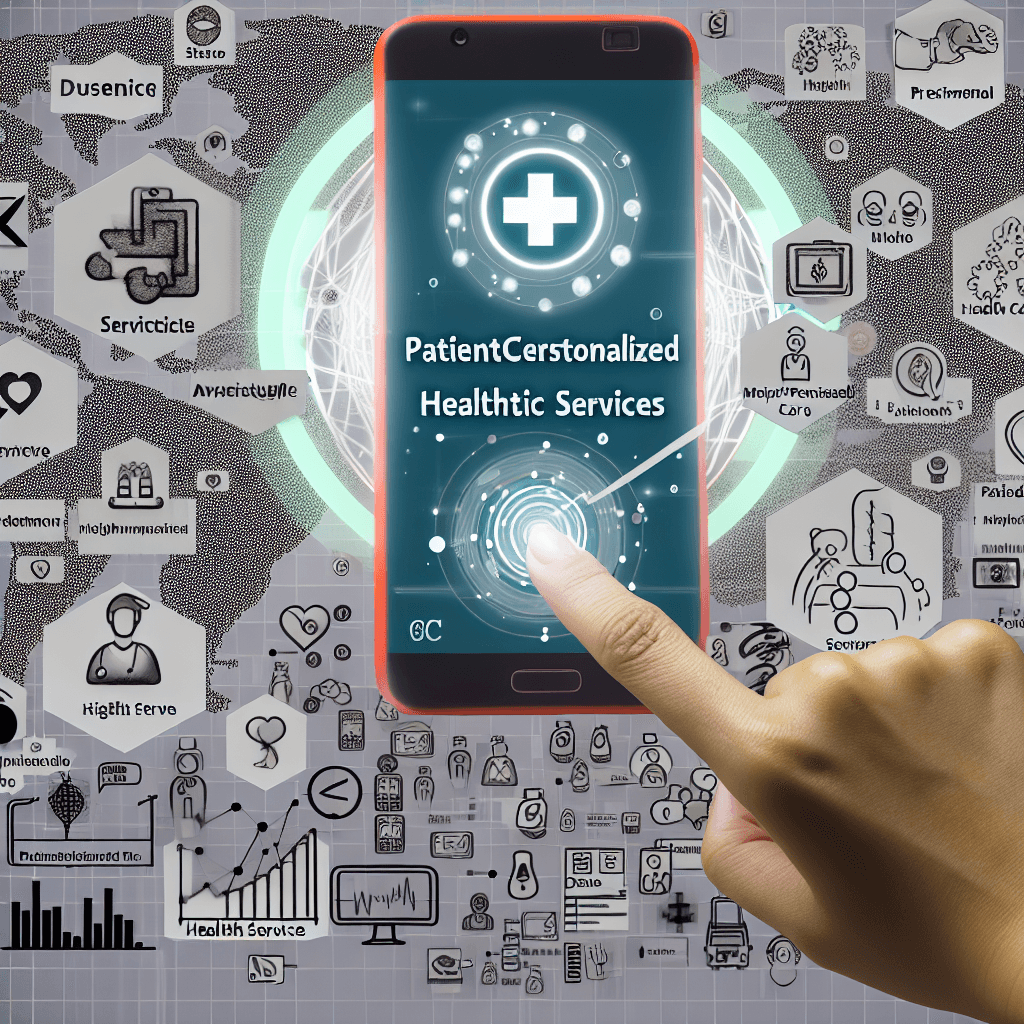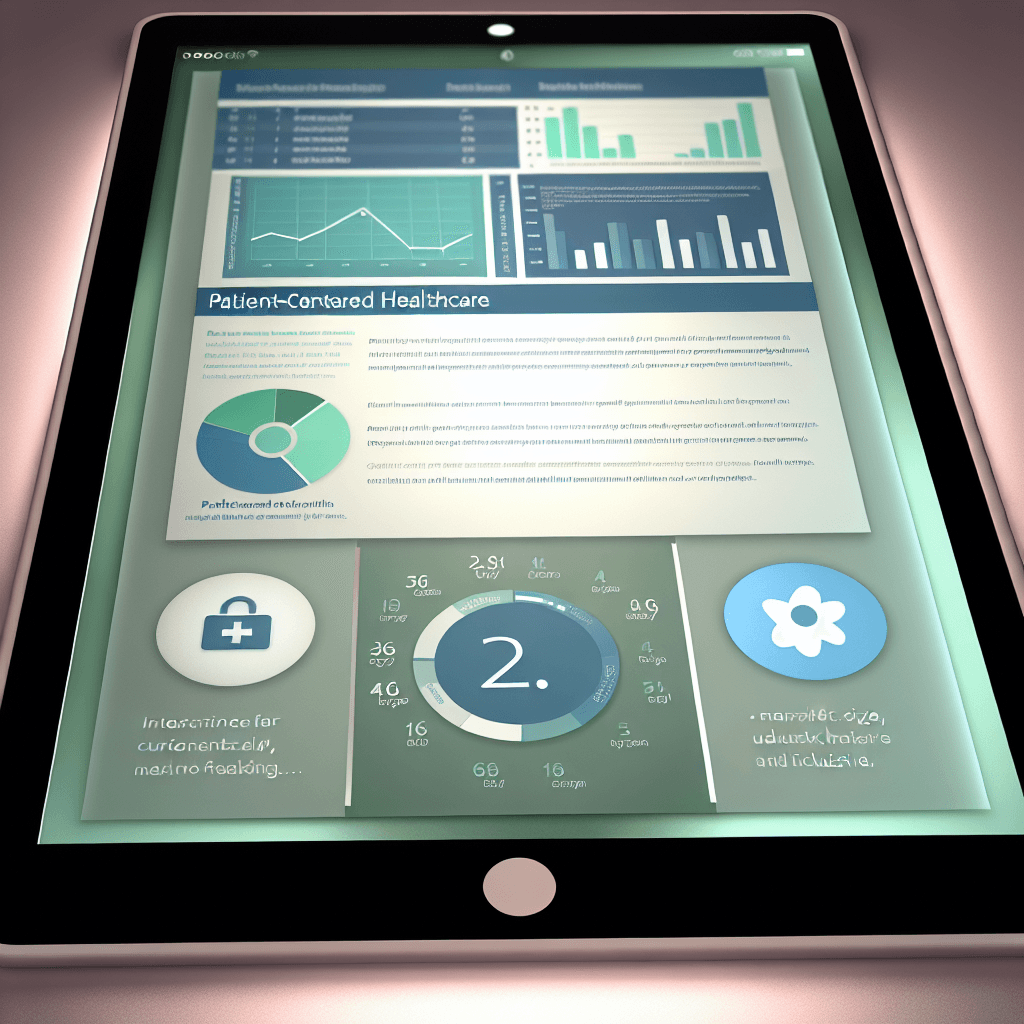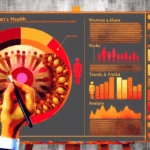Explore the patient-centric healthcare app market size, share, and forecasts. Get insights into trends and future growth opportunities.
Patient Centric Healthcare App Market Size, Share & Forecast

Table of Contents
Patient-Centric Healthcare App Market Size, Share & Forecast

The healthcare industry is undergoing a significant transformation, driven by the rapid advancement in digital technologies. Among these, patient-centric healthcare apps are emerging as a crucial tool to enhance healthcare delivery by focusing on personalized patient care. This article explores the market size, share, and forecasts of the patient-centric healthcare app market, providing insights into its current trends, drivers, and future potential.
Understanding Patient-Centric Healthcare Apps
Patient-centric healthcare apps are mobile or web-based applications designed to facilitate patient-centered care. They empower patients by providing them with access to their medical records, medication schedules, and other health services directly on their smartphones or other devices. These apps aim to enhance the quality of care, improve health outcomes, and increase patient satisfaction.
Current Market Overview
The global market for patient-centric healthcare apps has witnessed substantial growth over the past few years. This growth is primarily driven by the increasing adoption of smartphones and the internet, rising focus on personalized medicine, and growing awareness about the benefits of digital health solutions among patients and healthcare providers.
Market Size and Share
According to a recent report by Grand View Research, the global patient-centric healthcare app market was valued at approximately USD 3.4 billion in 2020 and is expected to reach USD 11.2 billion by 2028, growing at a compound annual growth rate (CAGR) of 17.2% during the forecast period. North America currently holds the largest share of the market, attributed to the high adoption of mobile health solutions and well-established healthcare infrastructure. However, Asia-Pacific is expected to witness the fastest growth due to increasing smartphone penetration and improving healthcare facilities.
Key Drivers of Growth
- Technological Advancements: Innovations in mobile technology and data analytics are making it easier to develop more sophisticated and user-friendly healthcare apps.
- Increasing Healthcare Costs: Patient-centric apps are seen as a way to reduce healthcare costs by minimizing unnecessary hospital visits and enabling remote monitoring and telemedicine.
- Government Initiatives: Many governments are promoting digital health initiatives as part of their public health strategies, which is boosting the adoption of healthcare apps.
- Rising Chronic Diseases: The increasing prevalence of chronic diseases worldwide necessitates ongoing health monitoring, which these apps facilitate effectively.
Challenges to Market Growth
Despite the promising growth prospects, there are several challenges that could impede the market’s expansion. These include concerns about data privacy and security, resistance from traditional healthcare providers, and the digital divide in underdeveloped regions which limits access to mobile health solutions.
Impact of COVID-19 on the Market
The COVID-19 pandemic has significantly impacted the patient-centric healthcare app market. The crisis has accelerated the adoption of digital health technologies as patients and providers seek safe and reliable platforms for healthcare delivery. Telemedicine apps, in particular, have seen a dramatic increase in usage due to social distancing measures and lockdowns.
Future Trends and Innovations
Looking ahead, several trends are likely to shape the future of the patient-centric healthcare app market:
- Integration with Artificial Intelligence (AI): AI can enhance the functionality of healthcare apps by providing personalized treatment recommendations and predictive insights into patient health.
- Wearable Health Technology: The integration of apps with wearable devices like smartwatches can provide continuous health monitoring and real-time data collection.
- Blockchain: Implementing blockchain technology can improve the security and transparency of health data managed by apps.
Case Studies
Several successful case studies illustrate the potential and impact of patient-centric healthcare apps:
- MySugr: Specializing in diabetes management, this app has successfully used a patient-centric approach to help users manage their condition effectively.
- Headspace: This mental health app provides personalized meditation and mindfulness practices, demonstrating the effectiveness of patient-centric apps in mental health.
Conclusion
The patient-centric healthcare app market is poised for significant growth, driven by technological advancements, rising healthcare costs, and increasing chronic disease prevalence. While challenges such as data security and digital divide pose hurdles, the ongoing innovations and government support are likely to propel the market forward. As the healthcare industry continues to evolve, patient-centric apps will play an increasingly important role in shaping the future of healthcare delivery, making it more personalized, efficient, and accessible.
In conclusion, the patient-centric healthcare app market holds promising potential for transforming healthcare practices worldwide. Stakeholders in the healthcare sector must continue to embrace and invest in digital health solutions to meet the growing demands of modern healthcare.








